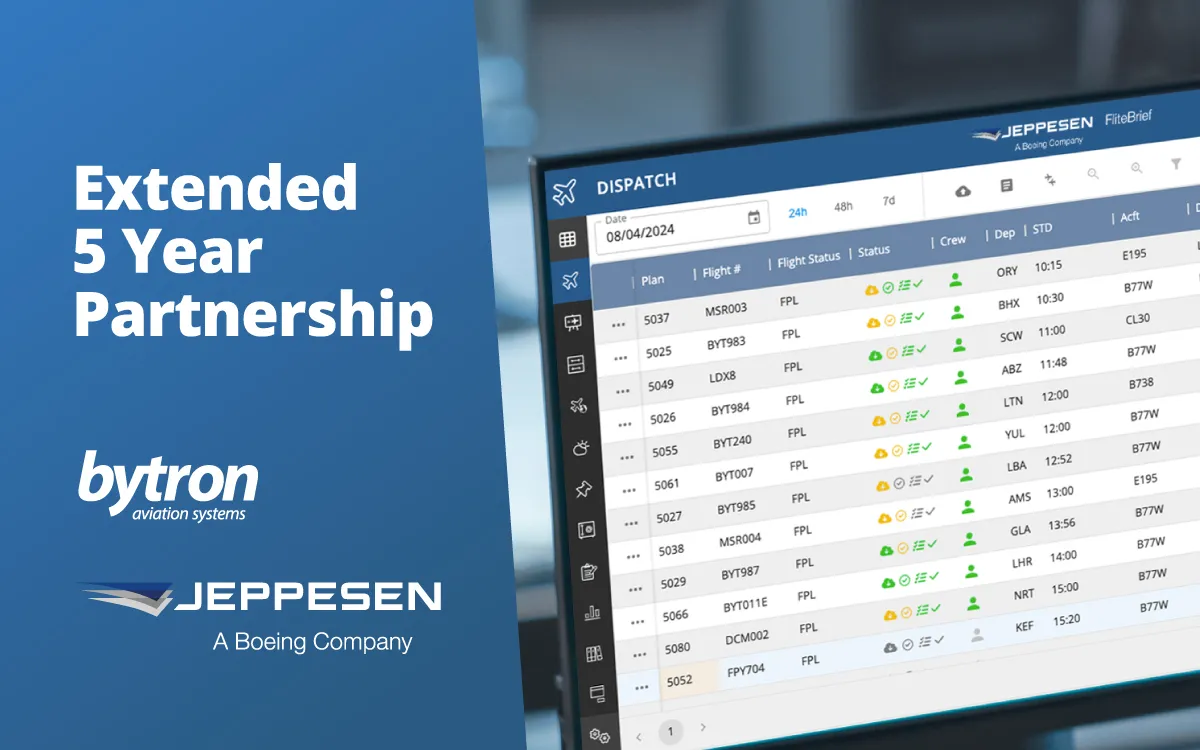
Bytron & Boeing Jeppesen Strengthen Partnership with Five-Year Deal
Updated 4th August 2025
In this article, I break down what happens to flight data once the pilot signs off on the EFB.
Imagine having instant access to your entire flight history within operations - Record Vault makes it possible!
In the early days of aviation, flight history data was a collection of handwritten notes, to capture the basics of each journey.
Now every twist, turn, and altitude change is recorded; and airlines undergo routine audits to ensure compliance with safety standards and regulations.
Within Record Vault, flight data history is automatically transmitted from the pilots electronic flight bag (EFB) and presented in a user-friendly summary, with years worth of available data and retrievable voyage reports.
Operators don't just want to capture flight history data, but also analyse the data of all their aircraft, highlighting trends or potential issues.
The Record Vault, seamlessly receives the skybook EFB data in an instant! Gone are the days of waiting for manually inputted information.
A complete dashboard displaying all flight phase data recorded by the pilot, including:
Organised for quick analysis, strategic flight planning, and easy sharing with others.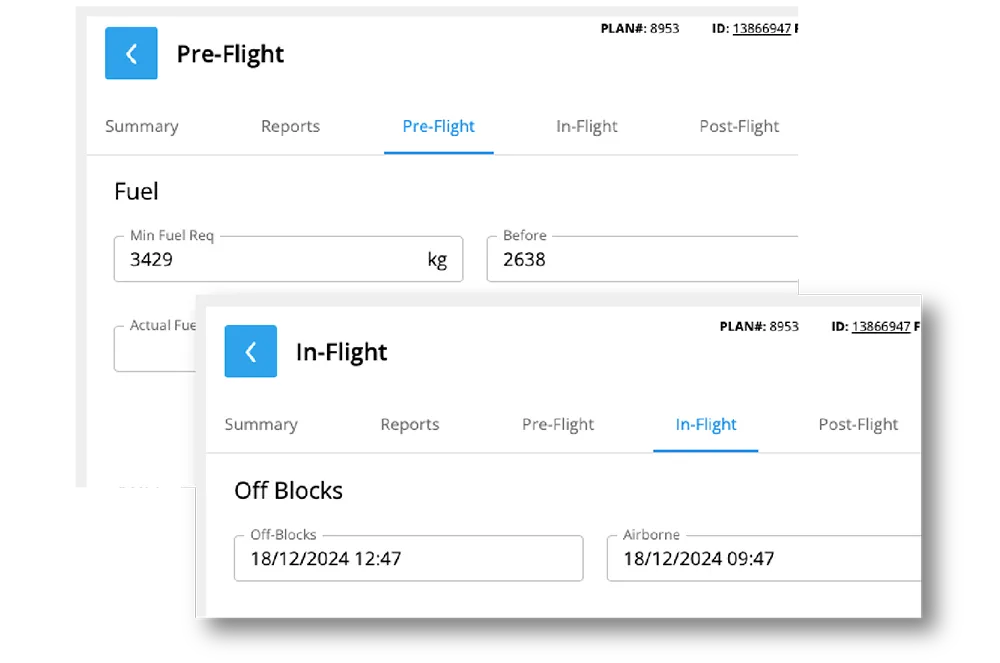
Record Vault offers a complete summary of a specific flights journey.
The status events timeline shows crucial touchpoints along the journey. From the moment a flight plan is uploaded, or the aircraft taxis on the runway, to the landing approach, touchdown, and final sign-off by the pilot.
Every flight phase is captured with precision, including all relevant times, OOOI times and name stamps. A full sector summary pdf is also available to download as a report.
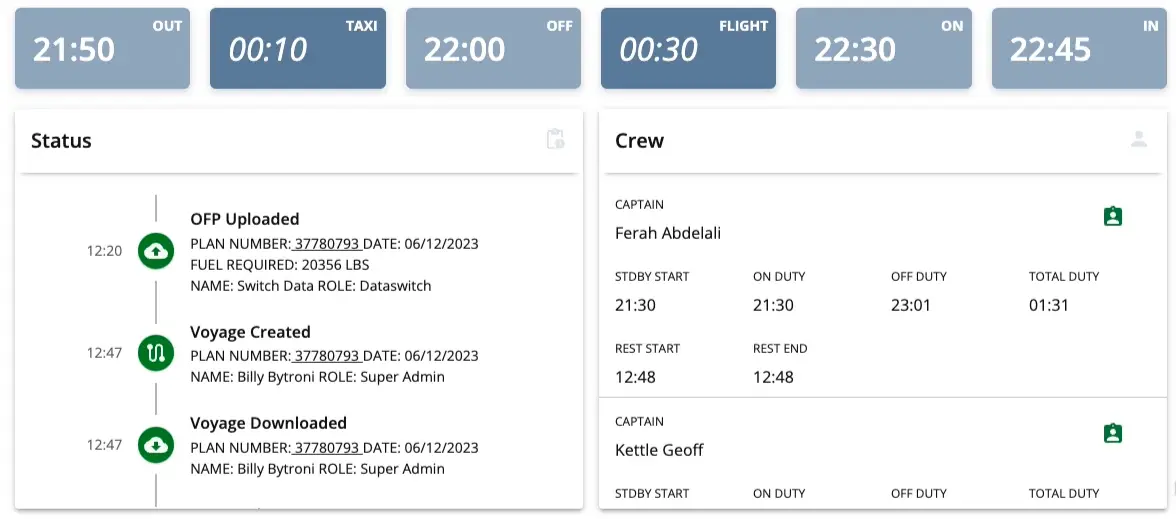
Crew information is also included with details such as names, standby, duty times, and rest data; or when a crew member changes.
Departure delays show specific delay codes and additional information that is added by the crew.
If a flight returns to ramp or returns from airborne for any reason, the disruption is clearly flagged in the flight summary for full visibility.
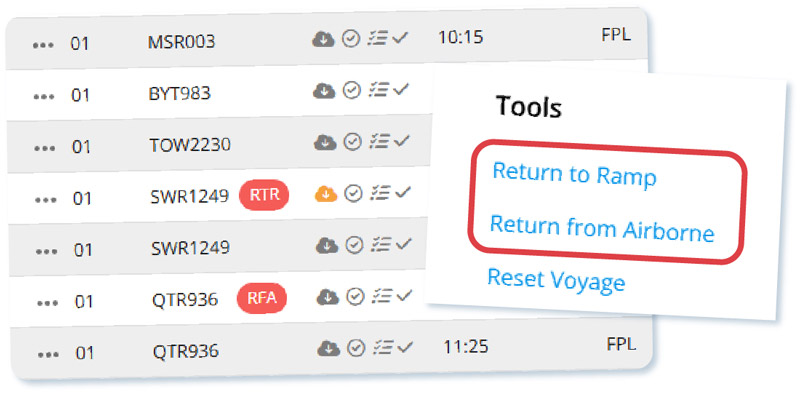
Lastly a fuel comparison chart is detailed for the aircraft which includes planned, required and actual fuel onboard, plotted at each FIR.
Providing comparative insights into the fuel performance of the flight, arrival fuel and fuel efficiencies.
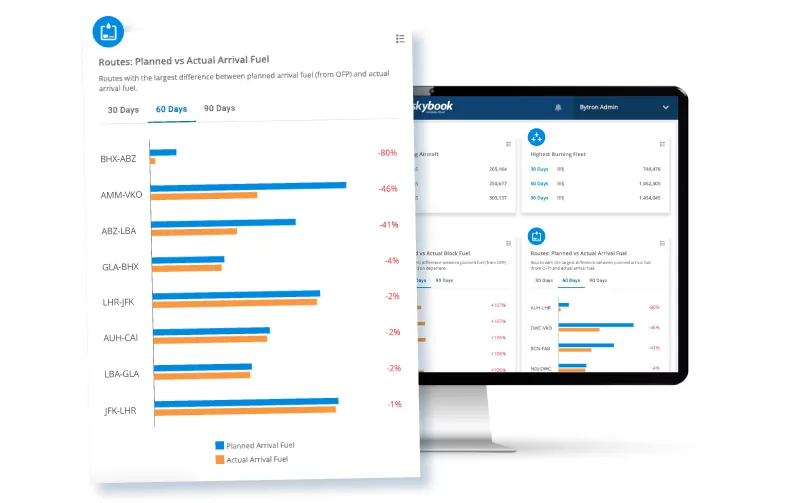
Voyage Report PDFs (also known as Journey Log reports) can be sent automatically to a specific email address, once Post-Flight has been signed off in the skybook EFB application.
This also ensures an email-based audit trail is maintained for all flight report PDFs.

Operators rely on the Flight history data to meet regulatory requirements, conduct post-flight audits, enhance operational efficiency and safety.
An important feature in the event of an incident, high level users can lock the flight sector in place, so that data cannot be updated or changed. This also hides the sector from view for other users, until it has been approved to unlock it.
Record Vault emerges as a key solution to airtight compliance and supporting the aviation industries continuous improvement.
It's essential to shine a spotlight on some of the other features that makes Record Vault a must have for operators:
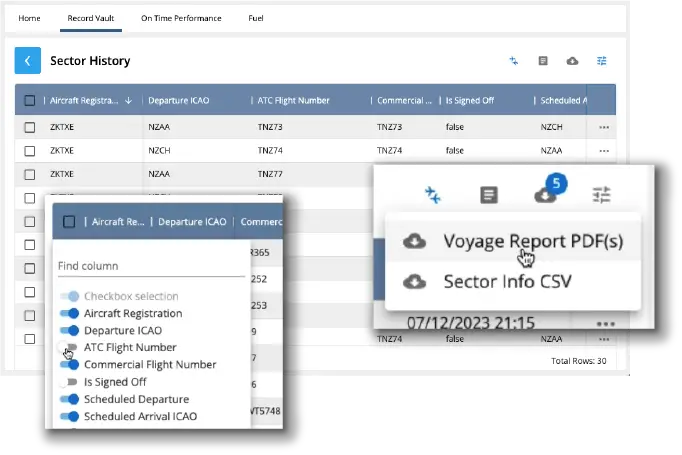
As we conclude our look into flight history data, it's clear that skybook Record Vault is more than a repository.
It’s the keeper of secure post-flight EFB data and analytics written in the language of altitude, speed, and accuracy.
Want to test Record Vault in your operations? Get in touch or learn more about skybook.